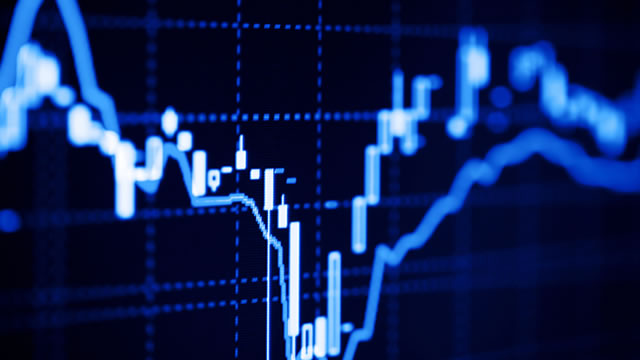Gold Prices Soar: A Delightful Dance Between Gold and the US Dollar
Gold prices have been on a remarkable run, climbing for the fourth consecutive session. As of now, the precious metal is hovering near a fresh all-time high of $3,220 per troy ounce, a level last seen on Friday. This upward trend can be primarily attributed to a weaker US Dollar, which makes gold more affordable for foreign currency holders.
Gold’s Glittering Ascent
Gold has always held a special place in the world of commodities. Its allure lies not only in its inherent value but also in its role as a safe-haven asset. When economic uncertainty looms, investors often turn to gold as a hedge against inflation and currency devaluation. Lately, the yellow metal has been especially attractive, with many investors seeking refuge from the volatile stock markets and an uncertain economic outlook.
The US Dollar’s Role in Gold’s Rise
The US Dollar plays a crucial role in gold’s price movements. The inverse relationship between the two is well-documented. A weaker US Dollar makes gold more affordably priced for investors holding foreign currencies, leading to increased demand and, consequently, higher prices. On the other hand, a stronger US Dollar makes gold more expensive, which can dampen demand and lead to lower prices.
Impact on Individuals
For individuals, the rising gold prices can have both positive and negative implications. On the positive side, those who have invested in gold, either physically or through exchange-traded funds (ETFs), are likely to see their investments grow. Additionally, those who use gold as a hedge against inflation or currency devaluation may find it more effective in the current economic climate.
- Investors holding gold may see their investments grow as prices continue to climb.
- Gold can serve as a hedge against inflation and currency devaluation.
Impact on the World
The rising gold prices can have far-reaching implications for the global economy. For instance, countries with significant gold reserves, such as South Africa, Australia, and Russia, may benefit from increased exports and revenue. Additionally, the rising gold prices can lead to inflationary pressures, which can impact the cost of living for individuals in countries with high gold production.
- Countries with significant gold reserves may benefit from increased exports and revenue.
- Rising gold prices can lead to inflationary pressures and impact the cost of living.
Conclusion: A Shimmering Future for Gold
In conclusion, the rising gold prices are a reflection of the current economic climate and the inverse relationship between gold and the US Dollar. For individuals, the trend can bring both opportunities and challenges. For the world, the impact can be far-reaching, with potential benefits and risks for countries with significant gold reserves and those with high gold production. Regardless of one’s perspective, it’s clear that gold will continue to be a source of fascination and intrigue for investors and economists alike.
As we move forward, it will be interesting to see how the gold market evolves and how it interacts with other economic factors. One thing is certain: gold will continue to captivate us with its shimmering allure and the mysteries it holds.





